Understanding Bell Reducer Pipe Fittings
A bell reducer pipe fitting is a crucial component in the construction of versatile piping systems. This fitting serves to connect pipes of different diameters, enabling a seamless transition and ensuring a consistent flow within the system. Bell reducers are essential in both commercial and residential settings, accommodating the diverse needs of various pipe diameters.
Materials and Applications
The choice of material for a bell reducer pipe fitting is determined by the fluid it will transport. PVC, known for its smooth interior walls, minimizes flow resistance, making it an ideal choice for systems where flow efficiency is paramount. Its lightweight nature and cost-effectiveness further enhance its appeal. Conversely, copper fittings, celebrated for their corrosion resistance, are well-suited for underground applications where durability against external elements is required.
Features and Advantages
Each material brings distinct advantages to the table. PVC fittings are not only economical but also easy to install due to their light weight. Copper fittings, while often chosen for their longevity, also offer a robust solution in environments where they may be exposed to various soil conditions. The inherent properties of these materials contribute to the longevity and reliability of the piping systems they are part of.
Complementary Components
Beyond the bell reducer pipe fitting, other components such as P-traps and pipe caps play pivotal roles. P-traps are instrumental in maintaining hygiene by trapping water within, preventing sewer gases from infiltrating living spaces. Pipe caps are equally important, providing a secure closure to pipe ends, safeguarding the system's integrity and preventing unwanted fluid escape.
Selection Criteria
Selecting the appropriate bell reducer pipe fitting involves understanding the system's requirements, including the nature of the fluids conveyed and the environmental conditions. The fitting's compatibility with the pipes in terms of material and size is paramount to ensure a leak-proof system and optimal performance.
Conclusion
In conclusion, the bell reducer pipe fitting is a vital element in the assembly of efficient and durable piping systems. Its selection should be made with careful consideration of the material properties, system requirements, and complementary components to ensure a cohesive and reliable network.

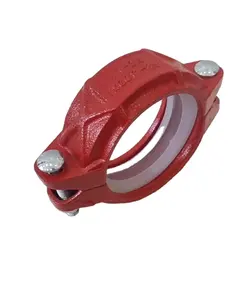






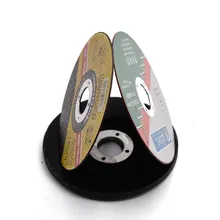
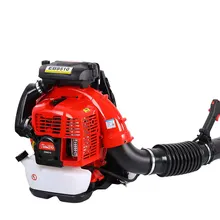
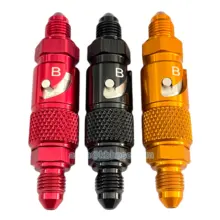


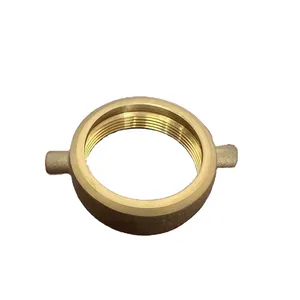

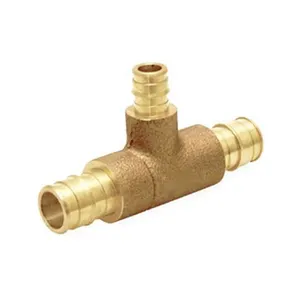


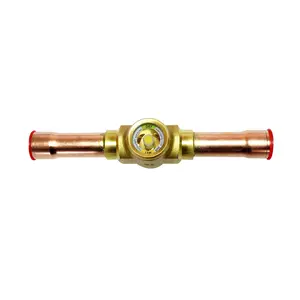
























 浙公网安备 33010002000092号
浙公网安备 33010002000092号 浙B2-20120091-4
浙B2-20120091-4